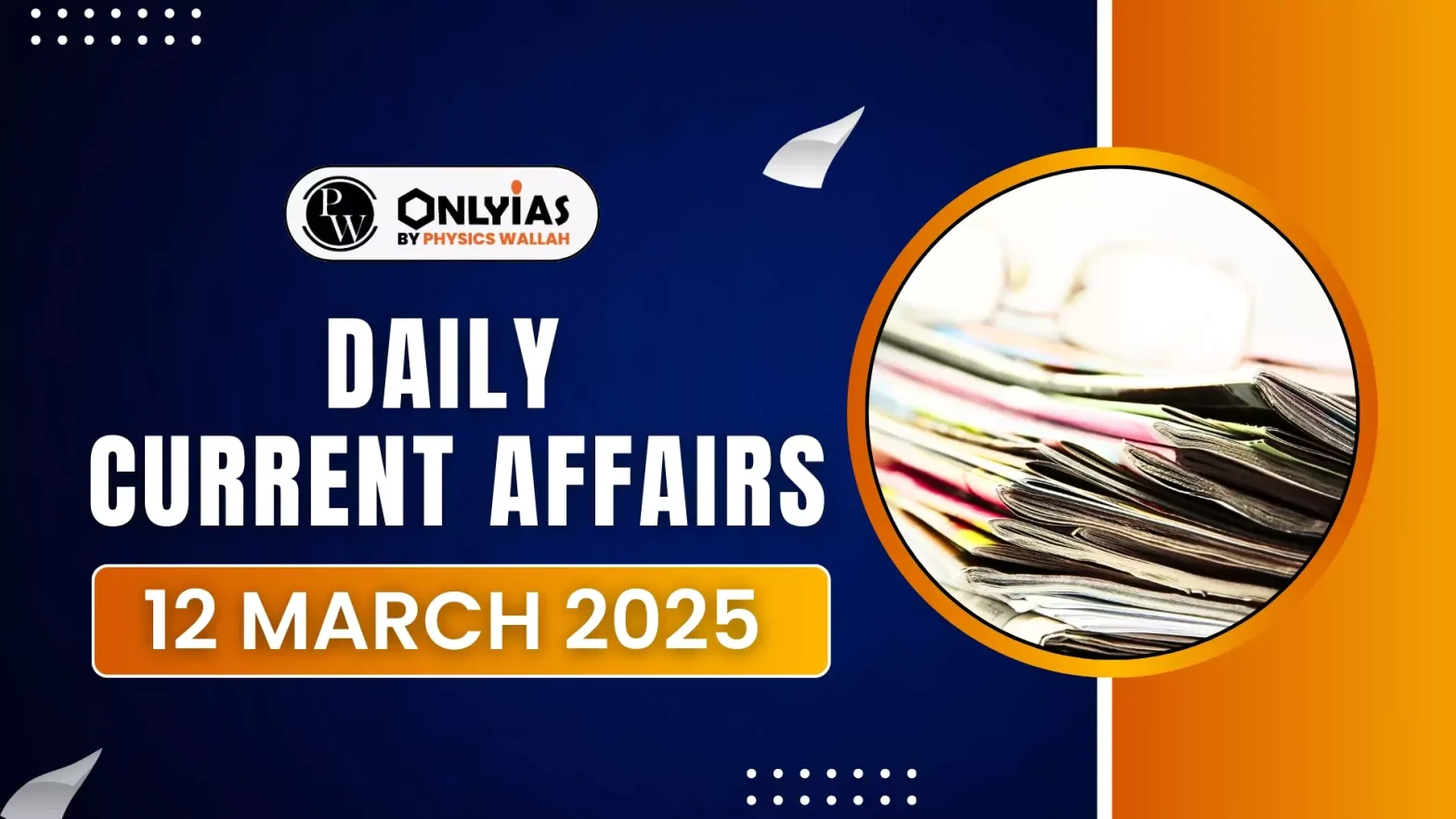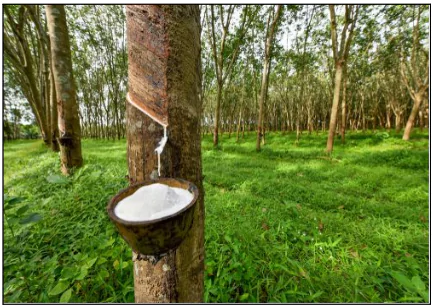![]() 12 Mar 2025
12 Mar 2025

The Rubber Board will begin geo-mapping of rubber plantations in Kerala soon.
About Geo Mapping of plants
|
|---|
About Rubber Board
|
|---|

| Initiative | Objective |
| Sustainable & Inclusive Development of Natural Rubber Sector (SIDNRS) | To promote sustainable rubber cultivation and enhance farmer income. |
| Rubber Plantation Development Scheme | To expand rubber plantations in non-traditional areas and improve productivity. |
| Rubber Group Planting Scheme | To support small farmers in rubber cultivation through group efforts. |
| 100% Foreign Direct Investment (FDI) in Rubber Plantation | To attract private and foreign investment in rubber plantations. |
| National Rubber Policy 2019 | To ensure the overall development of the rubber sector, including trade, quality standards, and sustainability. |
European Union Deforestation Regulation (EUDR)
|
|---|
<div class="new-fform">
</div>
